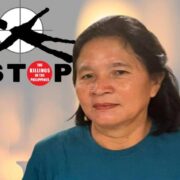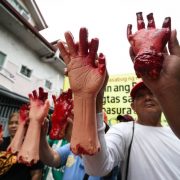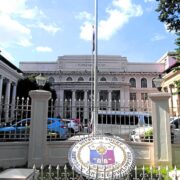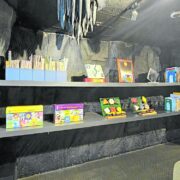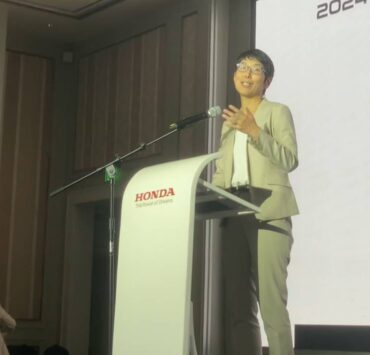What to do when your car is on fire

Let’s talk about fires—not because we’re hot, but because of the alarming rise in wildfires and car fire incidents. Knowing what to do is crucial, if you ever find yourself in this scary situation.
Picture this: you’re stuck in traffic along C5, vibing to your favorite playlist, when suddenly smoke starts billowing from under the hood of your car. Your heart skips a beat. Is your car on fire? Take a deep breath, don’t panic (yet), and let’s walk through this together.
Step-by-step: What to do during a car fire
If you notice smoke or flames, here’s your survival guide:
Immediate Actions
- Pull over smart: Signal and pull over to the shoulder or emergency bay if you’re on EDSA or other major highways. If navigating Manila’s busy streets, find a spot away from other vehicles and buildings. Do not, I repeat, do not pull into a gas station. Turn off the engine immediately.
- Evacuate like a pro: Get everyone out, including pets. Leave everything behind except your phone, money, and any necessary documentation.
- Strategic distancing: Move at least 100 feet away (about the length of 3–4 jeepneys). Position yourself upwind to avoid inhaling smoke.
- Don’t open the hood: If you see flames, avoid opening the hood. If the fire is manageable, use your fire extinguisher to contain it before it spreads.
- Call for help: Save these numbers on your phone so you don’t have to scramble to find them. We don’t know the time of response for these government agencies, so it’s better to call the whole barangay!
- 911 (National Emergency Hotline)
- 136 (MMDA Metrobase)
- 8882-5016 (Bureau of Fire Protection)
- Your car manufacturer’s emergency hotline
- Your insurance provider’s emergency number
On expressways, contact the tollway patrol:
- NLEX: 1-35000
- SLEX: 5318-7777
- TPLEX: 0920-96-25543
Use emergency call boxes located along the expressway.
If all else fails, especially on EDSA, look for the nearest MMDA outpost or flag down an MMDA officer.
Post-fire steps: Making your insurance work for you
- Document everything using your phone (photos and videos).
- Contact your insurance provider immediately.
- Get an incident report from the nearest police station.
- Keep all receipts for towing and other expenses.
- Follow up with your casa or an accredited repair shop.
- For Electric Vehicle (EV) owners
- Be aware that EV fires require special handling.
- Inform emergency responders that it’s an EV.
Prevention Tips
- Schedule regular maintenance: Have your car checked for fluid leaks, frayed wiring, or unusual smells. Address issues promptly.
- Avoid overloading electrical outlets: Plugging in too many devices can cause electrical shorts. Follow manufacturer recommendations.
- Declutter your car: Remove flammable items like papers, tissues, and old belongings from the cabin and trunk.
- Monitor warning signs: Pay attention to dashboard alerts, burning smells, or smoke during use—they may indicate trouble.
- Be cautious with modifications: Especially electrical ones. Those aftermarket LED lights may look cool but could be fire hazards.
- Check your battery terminals monthly: Our humid climate speeds up corrosion.
Emergency Kit Essentials
Beyond the basics, here’s what you need:
- A fire extinguisher (ABC type, regularly checked).
- A first-aid kit with local essentials (including respiratory masks for smoke).
- Emergency cash (not all towing services accept cards).
- Important contact numbers should be written down (don’t rely solely on your phone).
- Reflective triangles or emergency lights (required by the LTO).
- An umbrella or raincoat (because… Philippines).
Most of us are reactive when it comes to car maintenance. We visit our casa or mechanic like we visit the dentist—only when absolutely necessary. But in reality, going in for regular check-ups will save us a lot of money and wrinkles.
Since I have no plans of becoming a special inasal, I’ll take my own advice.



